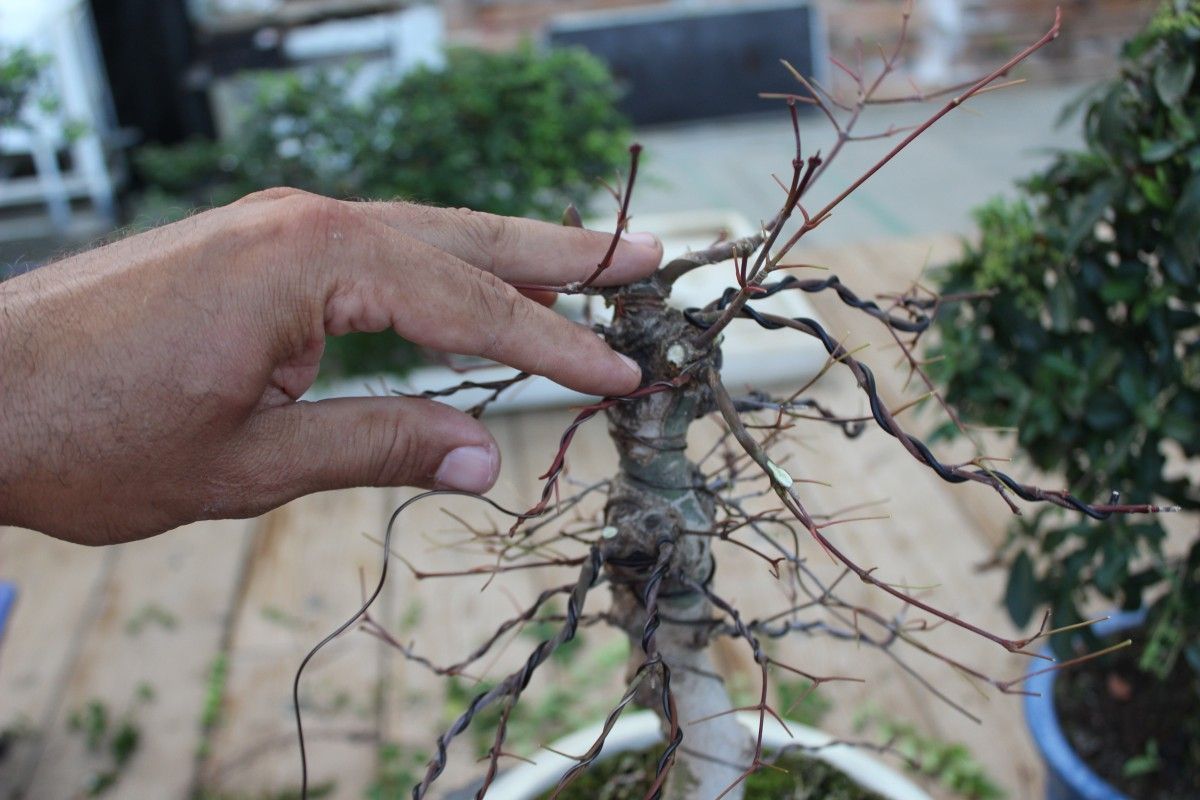Is your bonsai ready for autumn?
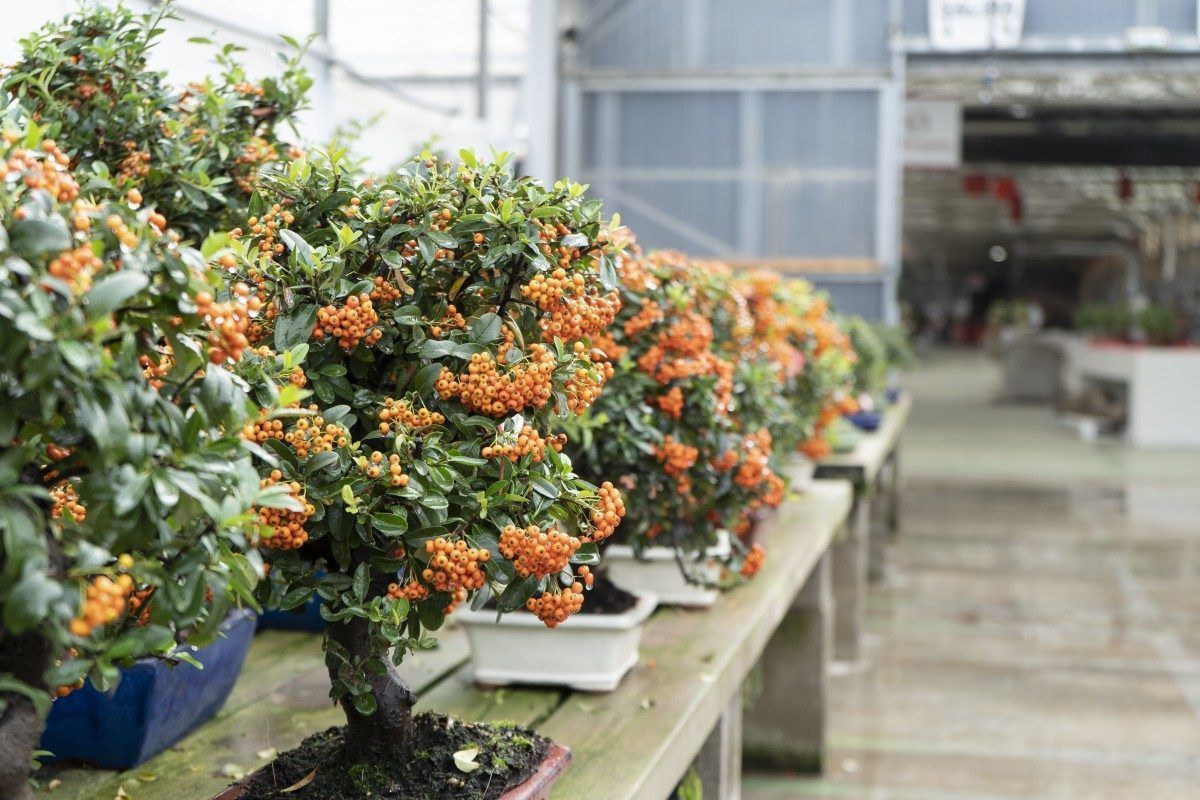
Autumn is already leaving its mark, and there are always many doubts about how to prepare our bonsais for the arrival of the cold. It is wonderful to see the passing of the seasons on our bonsais, and autumn has its own particular charm. In this article, we tell you what happens to our trees and what we should do to get ready and enjoy this time of year.
What happens to our bonsai in autumn?
The heat is already starting to move away, and the temperature is going down. It is an unequivocal symptom that autumn is already knocking on the doors of our garden. In spring and summer, we have been fertilising our bonsai, and they grew healthy. When summer temperatures were at their highest, they stopped growing and the process of energy accumulation began. That process will continue until almost the end of autumn. This will help our bonsai to survive the winter.
The food collected with the energy from the sun is transformed and treated to produce sugars and other substances necessary for their life. This is known as elaborate sap. Trees break down chlorophyll into different elements and store them together with sugars in the roots, branches and trunk. These reserves will be used in spring with the new sprouts.
At this point, when the chlorophyll decomposes, the leaves begin to lose their green colour 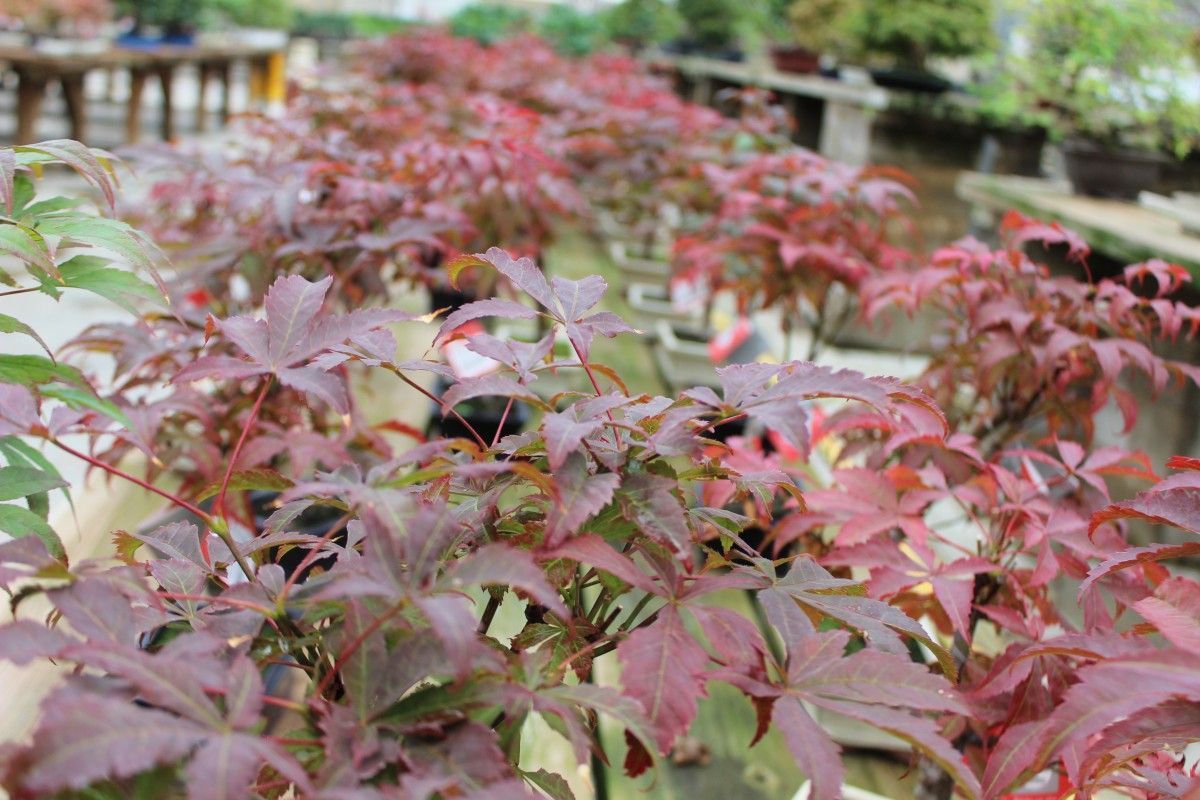
Once they have reached the peak of storage, photosynthesis begins to be unnecessary, and the leaves begin to be dispensable for many deciduous trees. It is at this moment, that we begin to observe the fall of the leaves of the trees.
Not all trees lose their leaves. Evergreen bonsai use other methods to prepare for winter. Conifers use their resin as an antifreeze, covering the surface of their leaves with that wax and forming a hard skin with deep stomata. This cover help them avoid water loss and better protect themselves from the elements of winter.
What works can I perform on my bonsai in autumn ?
Autumn is a time of little growth for our bonsai, that is why we must take advantage to do some structural works that will improve our tree substantially. We can perform a detailed wiring, work on or clean dead wood, we must continue fertilizing and, only if necessary, repot. We explain all of this below.
Wiring:
- Watch the already wired trees. At this time of year, they will swell a little more to store the substances produced in their trunk, branches and roots. If the wire is sinking, it is better to remove it.
- In deciduous trees, once the leaves have fallen naturally (we cannot fast-forward the process through defoliation), we can take this opportunity to cut the branches that do not match with the design. Avoid large or major cuts (these will be done in late winter or early spring, with sap circulation, just before they sprout).
- If you have not wired your bonsai yet, take the opportunity to completely wire the deciduous trees and so the branches will be positioned for the next growing season.
- You can also wire the perennials, but only the branches that do not require a drastic change of position, since these will be less flexible than in spring.
Dead Wood:
- This is the ideal time for updating the dead wood of your trees. First clean it with water and a plastic bristle brush.
- Then you can use the aluminum or copper bristle brush for deeper cleaning.
- To work the dead wood, you can use the gouges, the chisel and the hammer, and go carving the wood little by little, or you can use the machines for carving the wood. If you use machine, remember that less is more. Try to make it as natural as possible.
- Finally, you can sand the work and give it a smoother and more natural finish.
Example of dead wood work done by Tatsuya Terasawa :
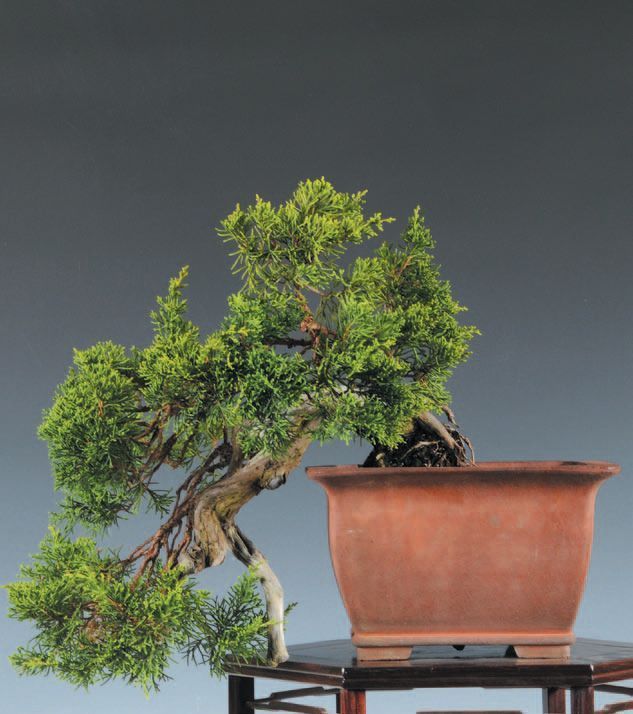
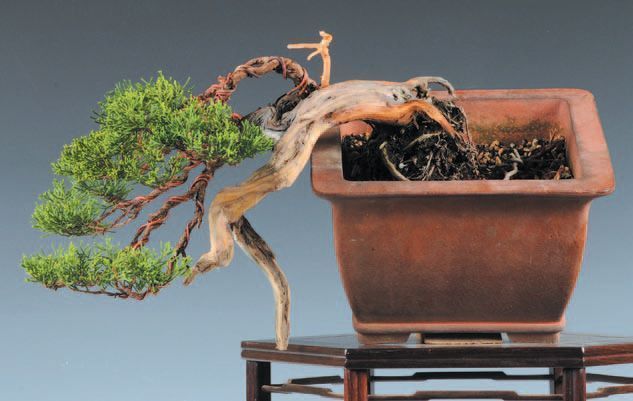
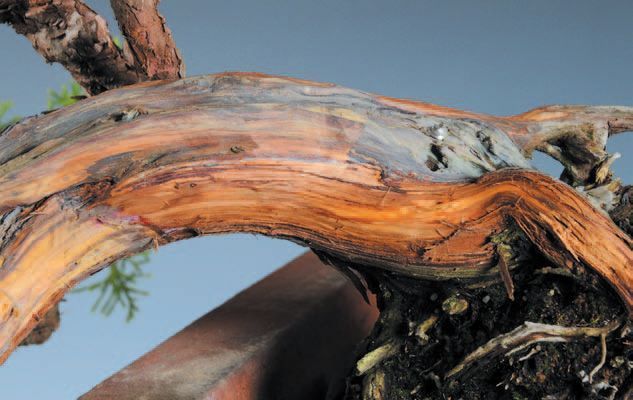
If you want to deepen your knowledge on dead wood and the different techniques, don’t miss the special issue of Bonsai Pasión magazine No. 77 and 78 (Spanish) or France Bonsaï magazine n°105 and 106 (French).
Fertilisation:
As you’ve been doing all year, in this period you must continue to fertilise your trees. But you have to change the type of fertiliser you are using. We fertilise when the tree grows. In consequence, in the first weeks of autumn we will continue fertilising, since it is the final straight of the fertilisation before winter. As we can see in the diagram, the tree will no longer grow from December, so we will not fertilise any more until the end of February when growth is reactivated.
Fertilising in autumn helps to charge the trees with energy, so that they can sprout strongly in spring. Trees begin to sprout, consuming the energy they accumulated during the previous season. In this season it is very appropriate to use an organic in-depth fertiliser.
Choose a fertiliser that has phosphorus and potassium, but with low nitrogen. A greater contribution of phosphorus (P) and potassium (K) in autumn gives the tree the opportunity to collect energy and reserves for the next spring sprouting.
Our autumn fertiliser has to be:
– Low nitrogen (N); We do not want to stimulate very strong growth at this time, nor unnecessarily lengthen the distance between knots.
– High in Phosphorus (P); that strengthen the root system, as well as balancing tree growth and cell regeneration, which is what we are looking for.
– High in Potassium (K); To regulate the respiratory processes of the plant (gas exchanges = CO2 absorption, essential for the realization of photosynthesis); Assist in the osmo-regulation process; Give greater resistance to water and thermal stress (thus we prepare the tree to face the low winter temperatures approaching).
Therefore, what you should do is:
Find the fertiliser that has these characteristics and continue providing it until the end of the autumn growth.
Recommendations: Biogold and Hiryo Gold Maintenance are specific for this time.
Transplant:
At this time, a transplant (emergency or pot change only) can be performed, only if the tree cannot wait until spring. To perform it, I recommend removing the minimum of the roots and not cutting any larger roots. Leave the rest for the other transplant in spring.
Redesign:
Autumn is a good time to redesign your bonsai. Plan what branch you are going to cut in spring or what new trunk position you are going to use. You can make use of pencil and paper and draw your new design. Since the tree is devoid of leaves (deciduous), designing will be easier.
As we have explained in the article, autumn is not only a beautiful time, but is also very important for works and care for your bonsai. So, get your wires, wire cutters, gouges and your autumn fertiliser, since there is still a lot of work to be done at this time of the year.
Enjoy autumn and your bonsai in this wonderful time!
About the Author
Luis Alejandro Herrera
Spreading the art of bonsai is his passion. As a reference in the Latin American bonsai world, Luis studied and participated as an instructor for more than 15 years within the Venezuelan Bonsai Society. He had the opportunity to expand his knowledge with great masters from the world of bonsai like Pedro Morales, Nacho Marín; and within the European school with the Italian teacher Salvatore Liporace. He managed to be in the first place of the Caracas 2016 New Talents Contest and successfully completed the master class of the European School of Bonsai in Puerto Rico. During his career he has been a permanent instructor of the Venezuelan Society of Bonsai.
Categories
Bonsai cultivation and care (60)
Bonsai gift (2)
Bonsai pests and diseases (7)
Bonsai repotting (3)
Bonsai species (1)
bonsai substrates (2)
Bonsai summer (1)
bonsai tools (1)
Bonsai work (13)
Ceramic pots (3)
Chinese culture (1)
Chinese culture (2)
Coniferous bonsai (2)
Conifers (1)

